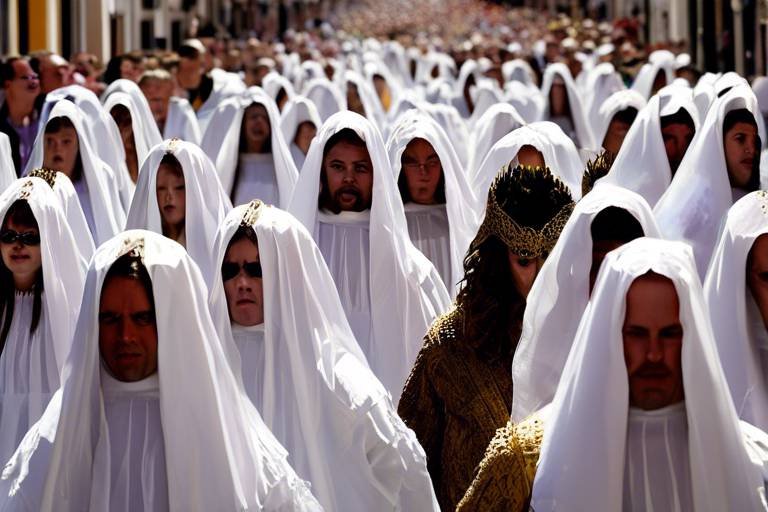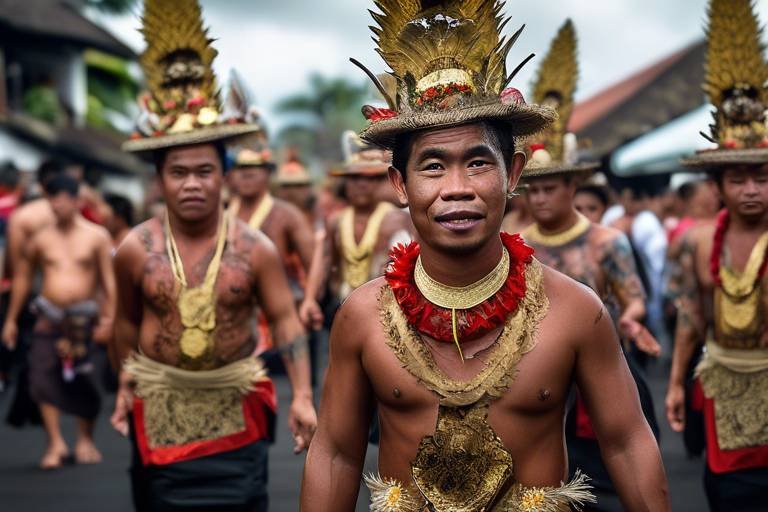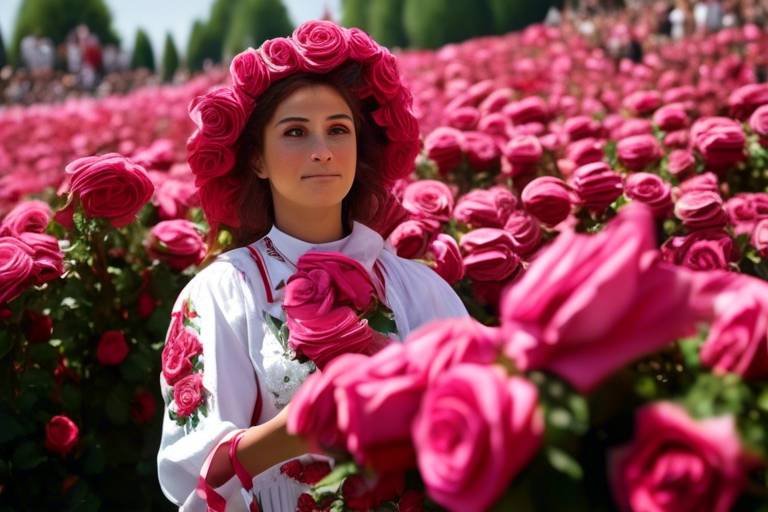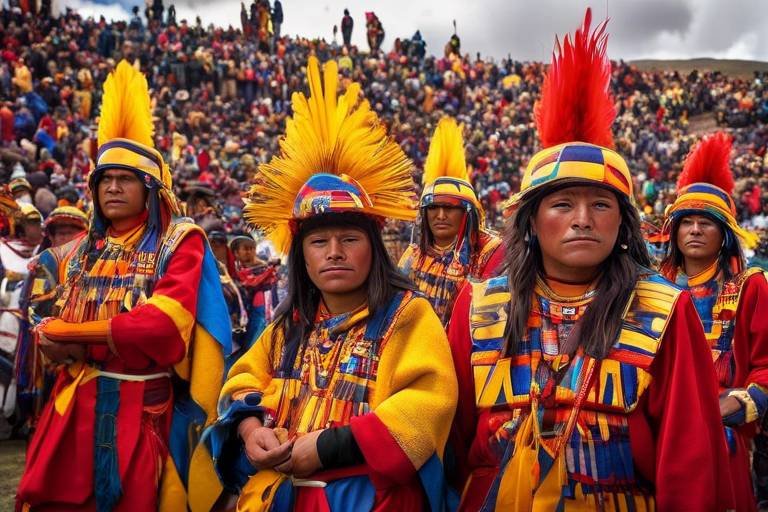Seville's Semana Santa - A Spanish Easter Tradition
Seville's Semana Santa, also known as Holy Week, is a deeply rooted Spanish Easter tradition that captivates both locals and visitors alike with its rich cultural heritage and religious significance. This annual celebration in Seville, Spain, is a time of solemn processions, vibrant music, and unique customs that date back centuries, creating a truly unforgettable experience for all who witness it.

History of Semana Santa
The history of Semana Santa in Seville traces back to the 16th century, evolving from a modest religious observance into a grand spectacle that captures the essence of Spanish culture and tradition. Initially, Semana Santa was a simple commemoration of the Passion of Christ, marked by solemn processions in the streets of Seville. Over the centuries, the event grew in scale and significance, incorporating elements of art, music, and local customs to become the elaborate celebration we know today.
During the 16th century, various religious brotherhoods, or cofradías, were established in Seville to organize and participate in the Semana Santa processions. These brotherhoods played a crucial role in shaping the event, each developing its unique traditions, customs, and distinctive floats depicting scenes from the Bible. The vibrant history of Semana Santa is deeply intertwined with the evolution of these brotherhoods, which continue to uphold the rich heritage of the celebration.
One of the defining features of Semana Santa is the elaborate floats, or pasos, that are carried through the streets of Seville during the processions. These intricately designed floats showcase religious icons and sculptures, often dating back centuries, and are revered for their artistic and cultural significance. The tradition of creating and parading these floats has been passed down through generations, with each brotherhood taking pride in the craftsmanship and symbolism of their pasos.
Over the years, Semana Santa has become a symbol of Seville's identity, attracting both locals and tourists alike to witness the grandeur and solemnity of the event. The history of Semana Santa is a testament to the enduring faith and devotion of the people of Seville, who continue to honor and preserve this cherished tradition with reverence and passion.

Processions and Floats
Processions and Floats are the heart and soul of Seville's Semana Santa, captivating both locals and visitors with their grandeur and solemnity. These processions are not just mere parades; they are deeply symbolic displays of religious devotion and cultural heritage. Imagine ornate floats adorned with intricate decorations, carrying revered religious icons through the ancient streets of Seville. The sight of these floats, often weighing several tons, being carried by devoted participants is a breathtaking spectacle that embodies the essence of Semana Santa.
Each procession is a meticulously planned and choreographed event, with different brotherhoods or 'hermandades' taking to the streets on designated days and routes. The atmosphere is filled with reverence as hooded figures, known as Nazarenos, walk alongside the floats, their identities hidden as a sign of humility and penance. The rhythmic sound of drums and the fragrance of incense fill the air, creating a sensory experience that is both haunting and captivating.
These processions are not just about the visual spectacle; they are also a form of spiritual expression for the participants and a way to engage the community in collective worship. The floats themselves are works of art, often crafted by skilled artisans and passed down through generations. Each float tells a story, depicting scenes from the Bible or the life of Christ, inviting onlookers to reflect on the religious significance of Semana Santa.

Penitents and Nazarenos
Penitents and Nazarenos play a crucial role in the solemn and symbolic processions of Seville's Semana Santa. The penitents are individuals who participate in the processions as an act of penance and devotion, often carrying crosses or candles as a sign of their commitment to their faith. Dressed in long robes and pointed hoods, the penitents maintain a sense of anonymity, emphasizing humility and equality before God.
The Nazarenos, on the other hand, are members of religious brotherhoods who wear distinctive robes and hoods in different colors to represent their specific brotherhood. Walking in the processions alongside the floats carrying religious icons, the Nazarenos add a sense of reverence and mystery to the spectacle. Their rhythmic footsteps, accompanied by the haunting music of the bands, create a mesmerizing atmosphere that captivates both participants and spectators alike.
These figures, shrouded in anonymity and tradition, evoke a sense of solemnity and reflection during Semana Santa. The visual impact of the penitents and Nazarenos, moving in unison through the streets of Seville, creates a powerful and emotional experience for all who witness the procession. Their presence serves as a reminder of the religious significance of the event and the enduring traditions that have been passed down through generations.

Music and Bands
When it comes to Seville's Semana Santa, the traditional music and bands play a crucial role in creating a deeply immersive and emotional experience for both participants and spectators. The sound of solemn marches and haunting hymns fills the air, setting the solemn tone of the processions and adding a powerful auditory element to the entire event. These musical performances are not just background noise but serve as a significant part of the overall ambiance, enhancing the religious fervor and cultural richness of Semana Santa.
One of the most striking features of the music during Semana Santa is the live bands that accompany the processions. These bands, composed of skilled musicians, provide a moving soundtrack to the elaborate displays of faith and devotion. The somber notes of the music resonate through the streets, evoking a sense of reverence and contemplation among the onlookers. The emotional depth of the hymns and marches performed by these bands adds a layer of intensity to the entire experience, heightening the spiritual significance of Semana Santa.
Moreover, the music serves as a unifying force, bringing together participants and spectators in a shared moment of reflection and contemplation. The melodies played by the bands create a sense of connection among the diverse crowd gathered to witness the processions, transcending language barriers and cultural differences. The music becomes a common language through which the deep emotions and traditions of Semana Santa are expressed and shared, fostering a sense of community and belonging among all those present.

Local Traditions and Customs
When delving into the vibrant tapestry of Seville's Semana Santa, one cannot overlook the myriad of local traditions and customs that infuse this Easter celebration with a unique charm and allure. From the intricate floral displays adorning the streets to the tantalizing culinary delights that tempt the taste buds, Seville's Semana Santa is a sensory feast for both locals and visitors alike.
One of the most striking customs of Semana Santa in Seville is the creation of stunning floral displays that line the processional routes. Elaborate arrangements of vibrant blooms cascade from balconies and adorn the floats, adding a splash of color and fragrance to the solemn atmosphere. These floral masterpieces are meticulously crafted by skilled artisans and serve as a visual testament to the city's deep-rooted reverence for this sacred tradition.
Furthermore, Seville's Semana Santa is synonymous with a rich culinary heritage that comes to the fore during this festive period. From traditional delicacies such as torrijas (Spanish French toast) to the savory aroma of simmering potaje de vigilia (a hearty Lenten stew), the streets of Seville are alive with the tantalizing scents and flavors of Easter fare. Families gather to share special meals, and local eateries offer a delectable array of seasonal treats to delight the palate.
Religious rituals play a central role in the fabric of Seville's Semana Santa, with processions weaving through the ancient streets, accompanied by the solemn strains of music and incense-laden air. The rhythmic tramp of feet, the haunting melodies of the saetas (flamenco hymns), and the ethereal glow of candlelit vigils create a sensory symphony that captivates all who witness it.
Moreover, the artistic craftsmanship displayed in the creation of the floats and religious icons is a testament to Seville's enduring devotion to preserving its cultural heritage. Skilled artisans painstakingly carve intricate details into the wooden figures, while skilled musicians breathe life into centuries-old compositions that echo through the cobbled streets.
As night falls and the city is bathed in the warm glow of lanterns and candles, Seville's Semana Santa takes on a mystical quality, transporting both participants and spectators alike to a realm where tradition and faith intertwine in a seamless dance of reverence and celebration.

Impact on Tourism
When it comes to the impact of Seville's Semana Santa on tourism, it's impossible to overlook the significant influence this traditional Easter celebration has on drawing visitors from all corners of the globe. Each year, Seville becomes a magnet for tourists seeking to witness the grandeur and solemnity of the processions, immerse themselves in the rich cultural tapestry of Spain, and experience the unique blend of religious fervor and festive spirit that defines Semana Santa.
The influx of tourists during Semana Santa not only boosts the local economy but also showcases Seville as a vibrant hub of cultural and religious heritage. Hotels, restaurants, and businesses thrive during this period, catering to the diverse needs of travelers who come to partake in the age-old traditions and immerse themselves in the solemn beauty of the processions.
Moreover, Semana Santa serves as a platform for cultural exchange, as visitors from various countries converge in Seville to witness this awe-inspiring spectacle. The event not only promotes cross-cultural understanding but also fosters a sense of unity and shared experience among people of different backgrounds, reinforcing the universal appeal of traditions that transcend geographical boundaries.
From a tourism perspective, Semana Santa is not just a religious event but a transformative experience that leaves a lasting impression on all who participate. The impact of this annual celebration extends far beyond the streets of Seville, resonating with travelers who carry the memories of Semana Santa back to their homelands, spreading the essence of Spanish culture and tradition to distant shores.
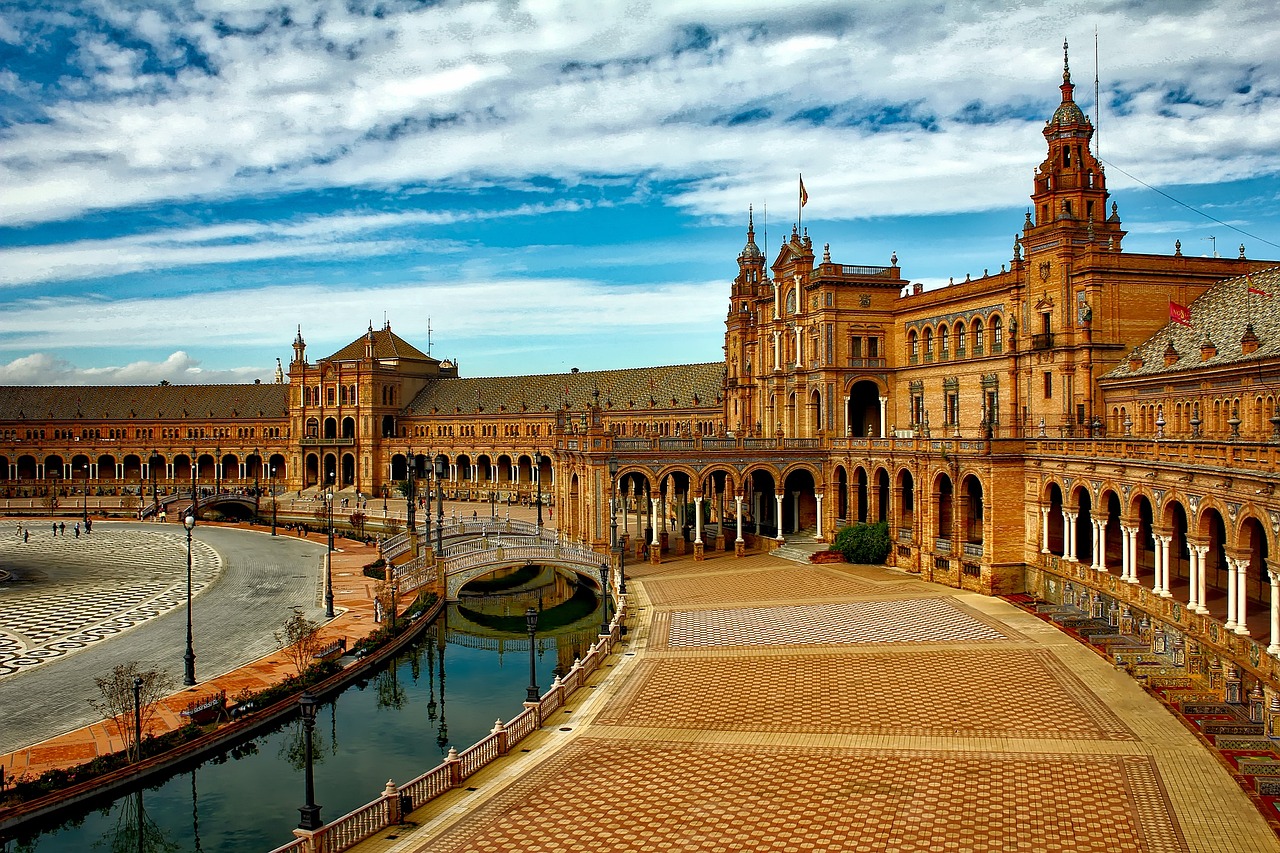
Contemporary Challenges and Changes
As Seville's Semana Santa continues to evolve and adapt to the modern world, it faces a range of contemporary challenges and changes that shape the way this traditional Easter celebration is experienced. One of the key challenges is the issue of commercialization, with some critics arguing that the increasing focus on tourism and commercial interests has diluted the authenticity and religious significance of Semana Santa. Balancing the need to attract visitors with the preservation of the event's spiritual essence is a delicate task that organizers and local communities grapple with.
Moreover, modernization poses another challenge to Seville's Semana Santa, as technological advancements and changing societal norms influence the way the event is organized and perceived. The use of social media, live streaming, and digital marketing strategies has altered the way Semana Santa is promoted and experienced, raising questions about the impact of these changes on the event's traditional character and rituals.
Preserving the authenticity of Semana Santa while embracing innovation and change is a complex endeavor that requires careful consideration and thoughtful planning. Efforts to strike a balance between tradition and modernity are essential to ensure that Seville's Semana Santa remains relevant and meaningful in the years to come, honoring its rich heritage while adapting to the demands of a contemporary world.
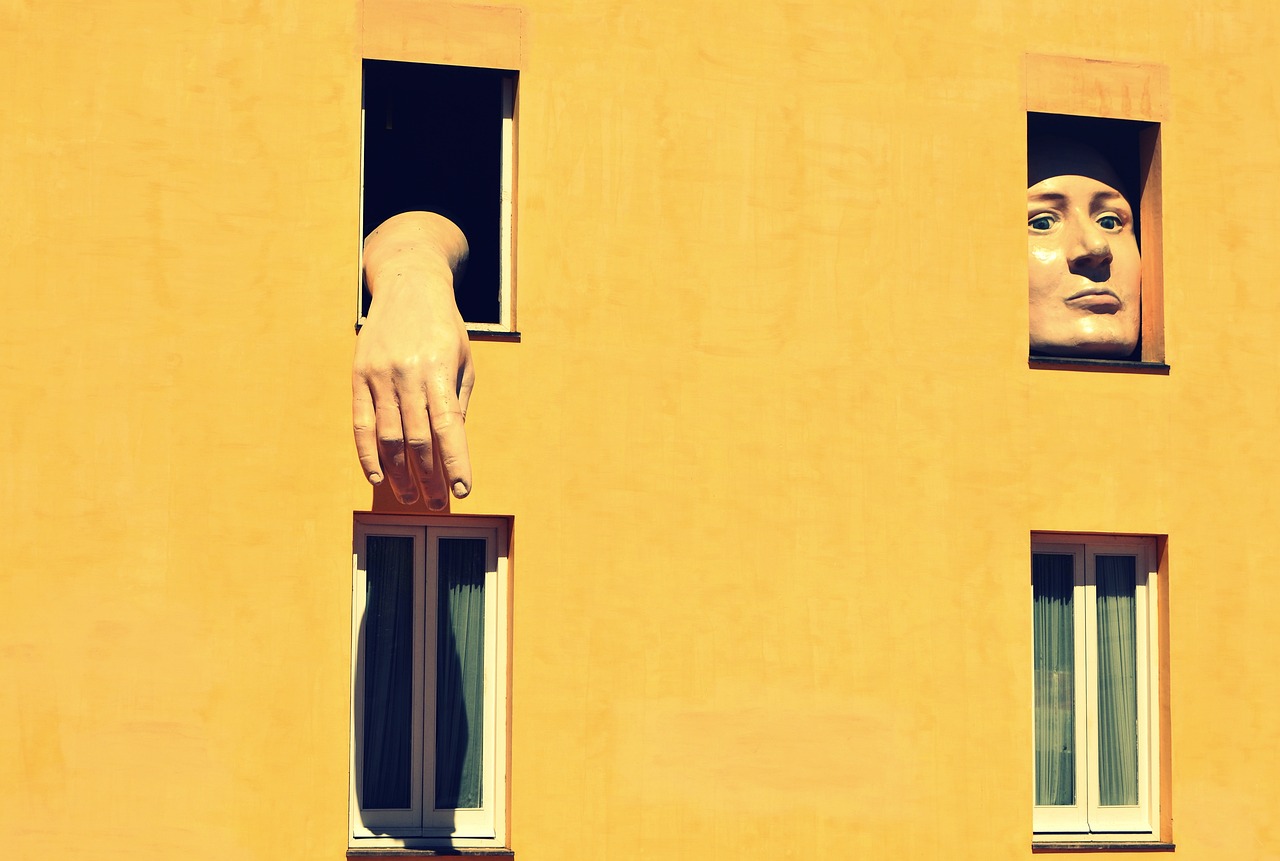
Future of Semana Santa
The future of Seville's Semana Santa is a topic that stirs both excitement and concern among locals and visitors alike. As this centuries-old tradition grapples with the pressures of modernization and changing societal norms, there is a delicate balance to be struck between preserving the authenticity of the event and embracing innovation to ensure its longevity.
Efforts are underway to adapt Semana Santa to contemporary tastes while respecting its deep-rooted customs. One of the key challenges lies in finding ways to engage younger generations and maintain their interest in this religious and cultural spectacle. Innovations such as live streaming of processions, interactive exhibits, and educational programs aim to bridge the gap between tradition and modernity.
Furthermore, sustainability has become a growing concern for Semana Santa organizers. Initiatives to reduce waste, promote eco-friendly practices, and minimize the environmental impact of the celebrations are gaining traction. The aim is to ensure that future generations can continue to enjoy Semana Santa without compromising the natural beauty and resources of Seville.
Another aspect influencing the future of Semana Santa is the evolving social landscape. As attitudes towards religion and spirituality shift, organizers are exploring ways to make the event more inclusive and accessible to a diverse audience. Embracing diversity, promoting intercultural dialogue, and fostering a sense of community are crucial for Semana Santa to remain relevant and resonate with a modern society.
In conclusion, the future of Seville's Semana Santa is a complex tapestry of tradition, innovation, and adaptation. By embracing change while honoring the legacy of the past, this iconic Easter celebration is poised to continue captivating hearts and minds for generations to come.
Frequently Asked Questions
- What is Semana Santa?
Semana Santa, translated as "Holy Week," is a traditional Easter celebration in Spain, particularly renowned in Seville for its rich cultural heritage and religious significance.
- When does Semana Santa take place?
Semana Santa occurs during the week leading up to Easter Sunday, with processions and events taking place daily from Palm Sunday to Easter Sunday.
- What are the main features of Semana Santa?
The main features of Semana Santa include elaborate processions with ornate floats, penitents and Nazarenos dressed in distinctive robes, traditional music performed by bands, and unique local customs and traditions.
- How does Semana Santa impact tourism in Seville?
Semana Santa attracts a significant number of tourists to Seville, contributing to the local economy and providing visitors with a chance to experience the cultural and religious fervor of this iconic event.
- What are the contemporary challenges facing Semana Santa?
Modern challenges facing Semana Santa include issues related to commercialization, modernization, and the need to balance traditional customs with evolving societal trends.
- What is the future outlook for Semana Santa?
The future of Semana Santa involves efforts to preserve tradition while embracing innovation, ensuring the continuation of this cherished Spanish Easter tradition for generations to come.

